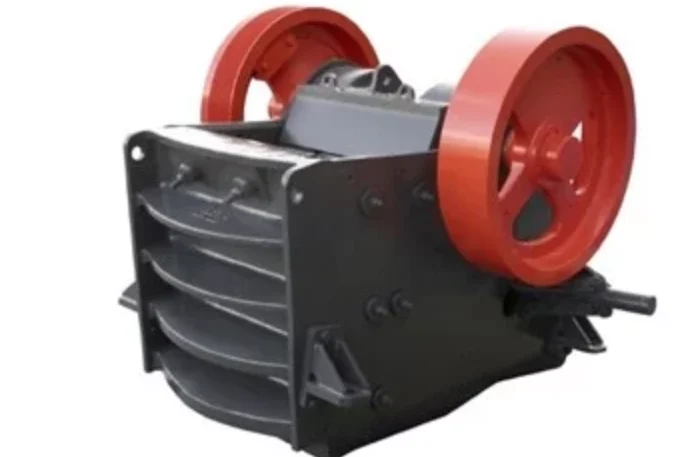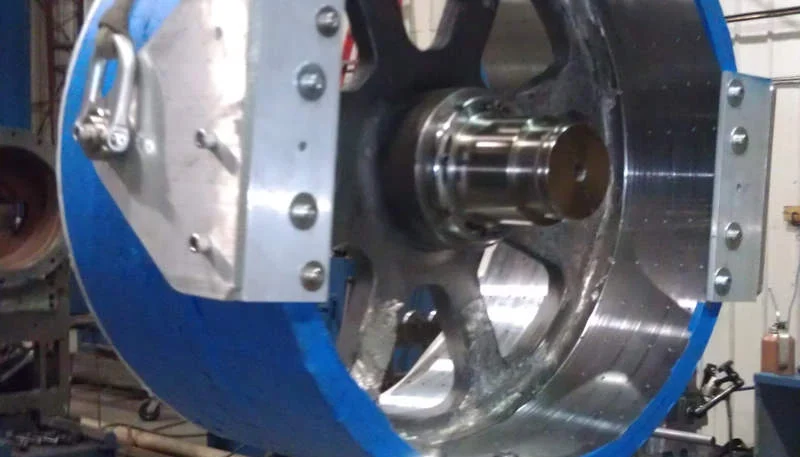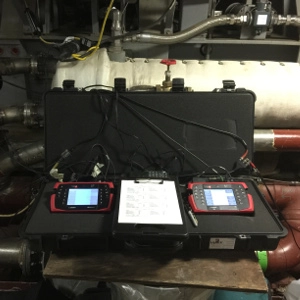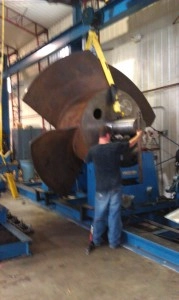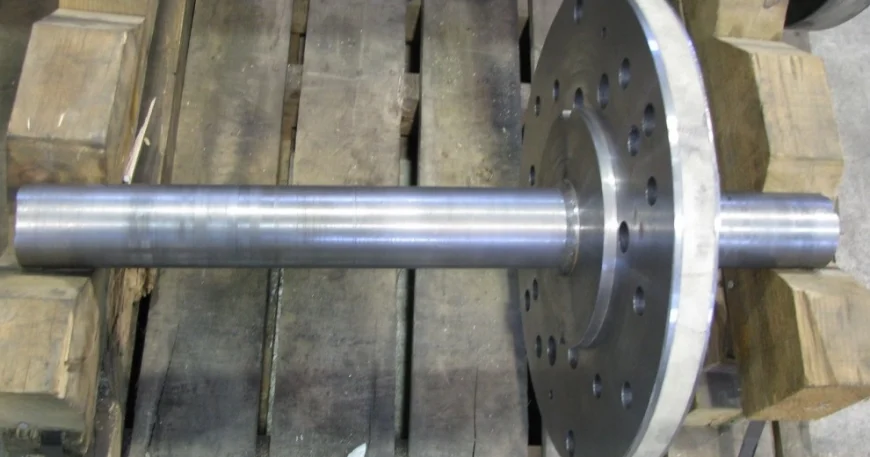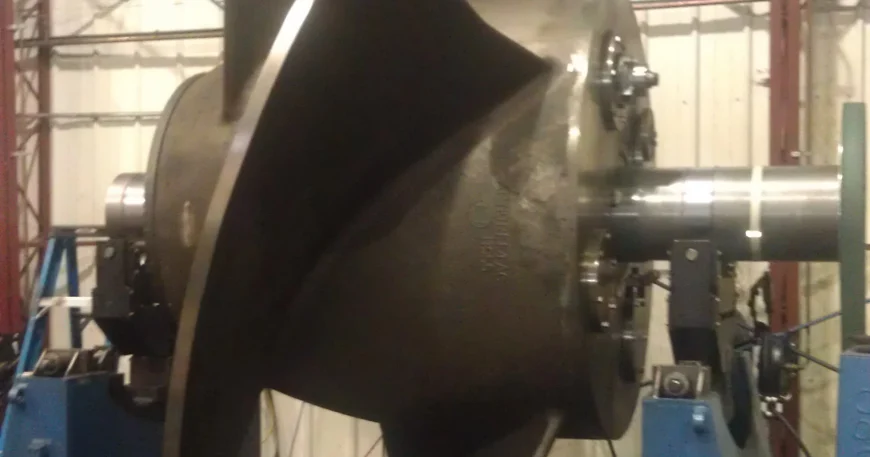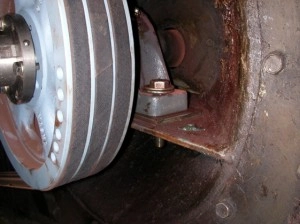Dynamic Balancing Jaw Rock Crusher
Large jaw type rock crushers are very common in the stone and gravel business. They are generally portable and can be towed by tractor trucks. The jaw crusher creates a pinch point that fractures larger rocks and reduces them to about the size of your fist. They are further crushed in a cone crusher and […]



